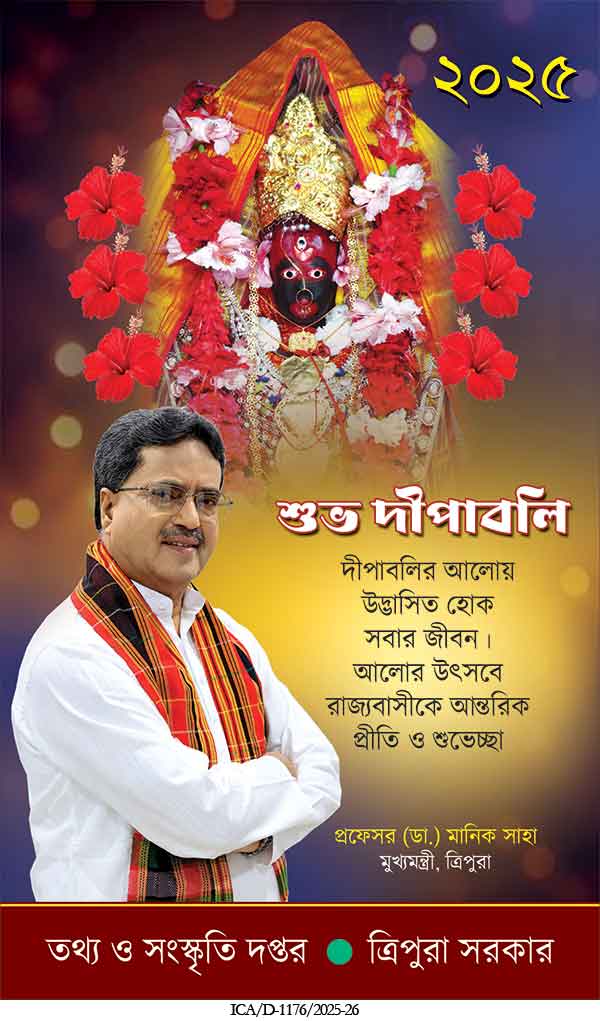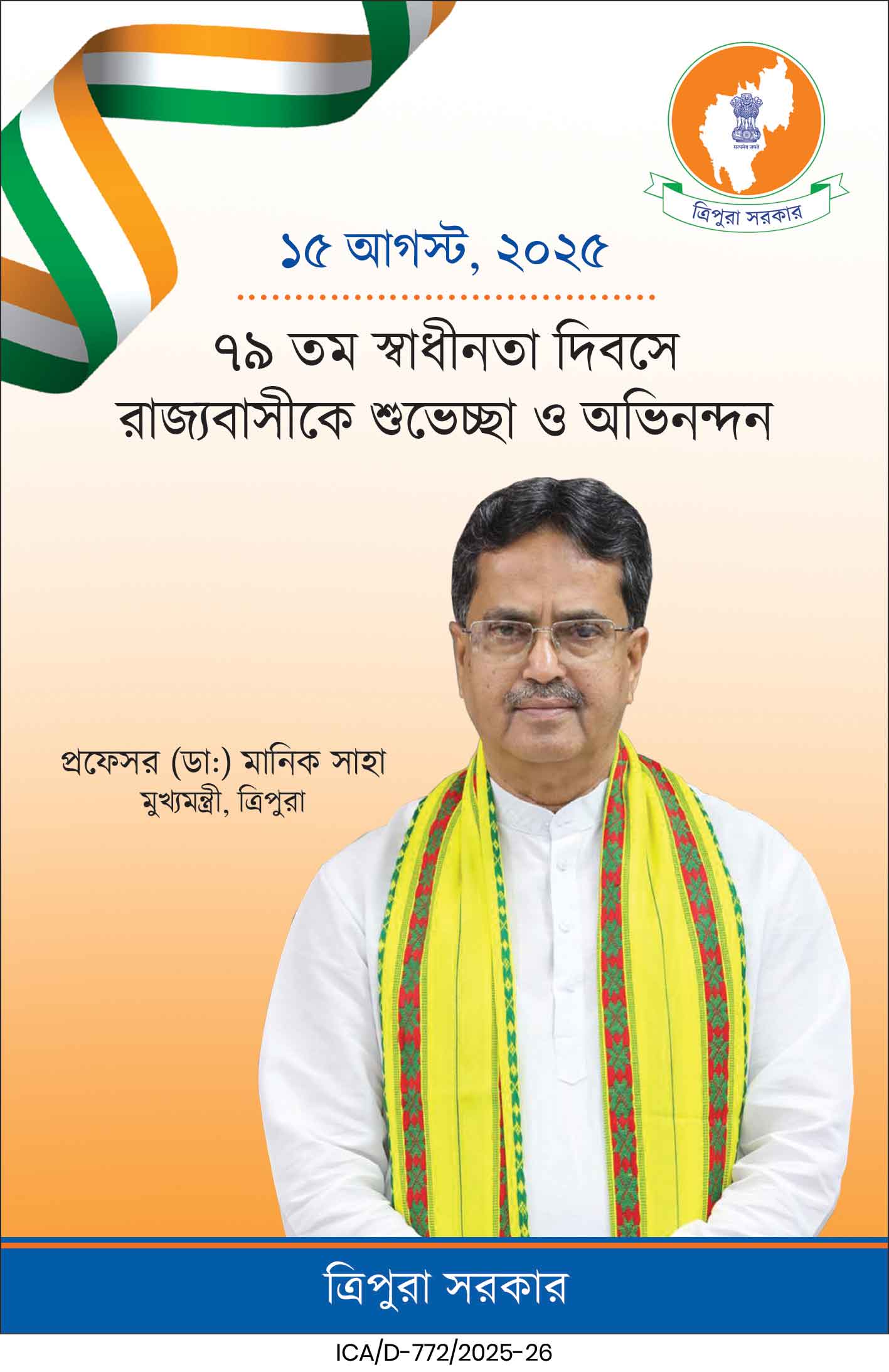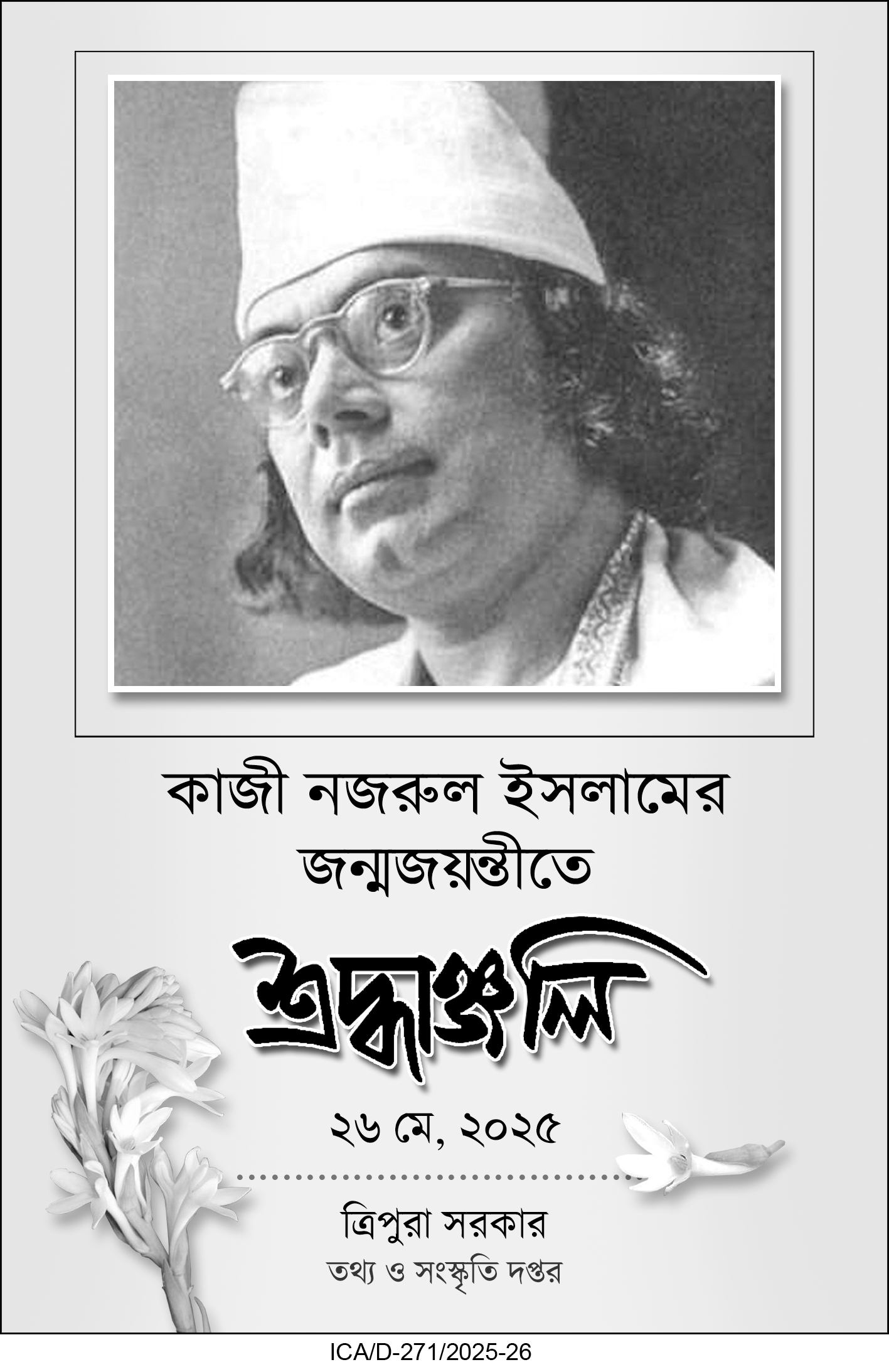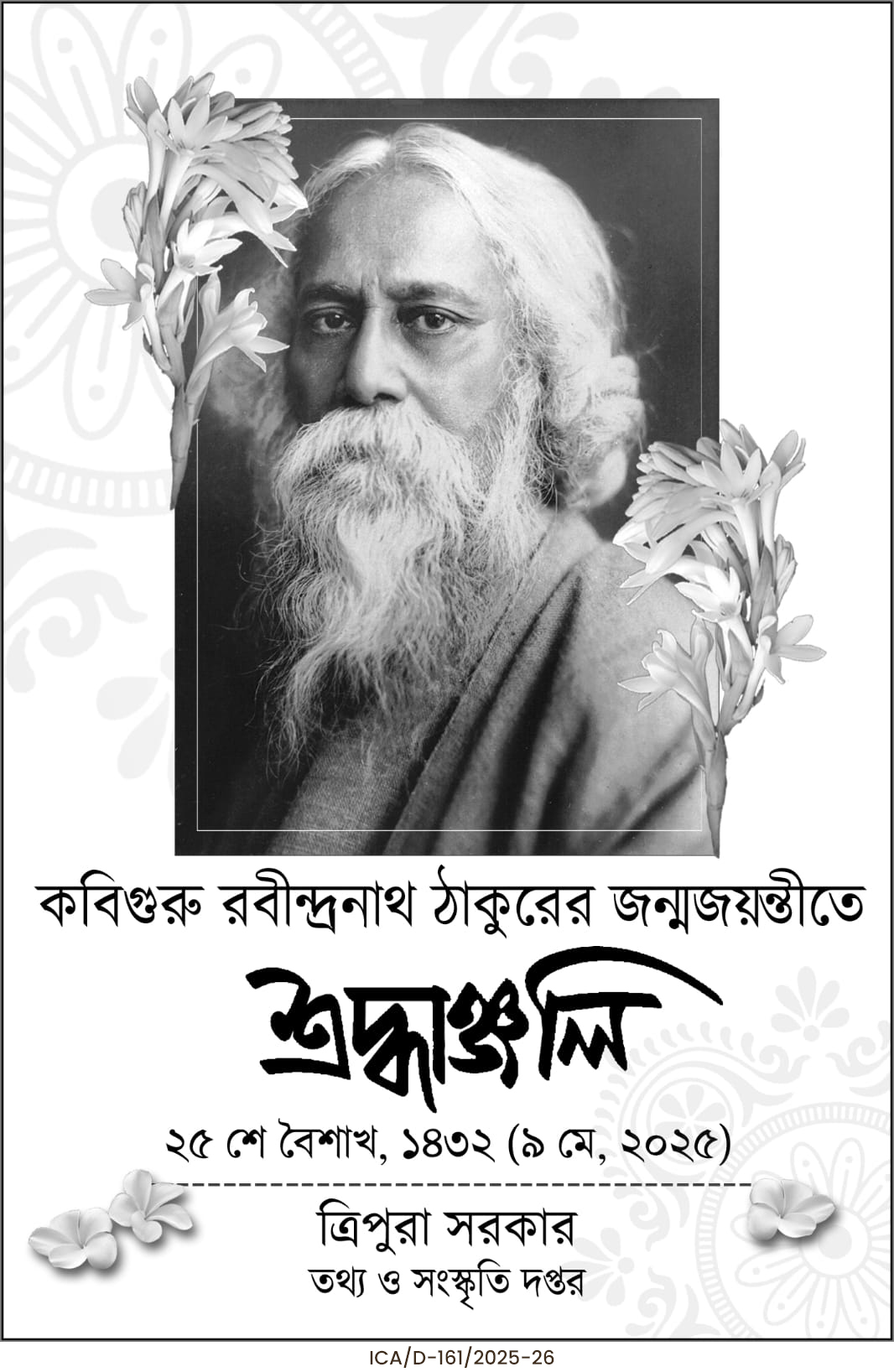Reviving Springs Through Community Effort: Jampui Hill Success Story. Discover how Jampui Hill residents worked with TATA Trusts-CML to revive crucial water springs, benefiting agriculture and daily life.

A stakeholders’ meeting on Community-led Water Security and Springshed Initiatives was held on Friday at the Behliangchhip YMA Hall, with the theme “Strengthening Community Ownership for Spring Source Sustainability.” The meeting celebrated the successful implementation of the ‘Spring Water Recharge and Rejuvenation Through Rain Water Retention in Soil’ project, spearheaded by TATA Trusts-Centre for Microfinance and Livelihood (CML) in partnership with the local community and supported by the state government.
The project, aimed at rejuvenating the spring water sources of Jampui Hill, involved the digging of contour trenches, feeder canals, and ponds. These structures act as barriers to retain rainwater, thereby feeding the springs. As a result, many of the region’s vital springs have been restored, with some previously dry springs beginning to flow again. This intervention is expected to increase water discharge from the springs, offering a sustainable water supply to the local community.
Speaking at the event, Rituparno Chanda, Programme Officer-WaSH from TATA Trusts-CML, acknowledged the significant contributions of the community and government. He attributed the project’s success to collective efforts and praised the local stakeholders for their dedication. “It wasn’t just our team,” Chanda stated, “it was the people who made this happen.”
Lalrinngheta Darlong, Additional District Magistrate, highlighted the positive impacts of the project on the local economy and livelihood, emphasizing the importance of expanding the initiative to cover more areas. He noted that the project not only addresses water scarcity but also has the potential to enhance agricultural productivity by conserving vital water sources.
Debabrata Roy, BDO of Jampui Hill, expressed gratitude to TATA Trusts-CML for choosing Jampui Hill for the pilot project. He praised the community’s spirit of cooperation, emphasizing that such dedication is unique to the region. Roy also mentioned that officials from Assam’s Karbi Anglong Autonomous District Council had recently visited to study the project, aiming to replicate it in their area.
The state forest department also played a crucial role by expediting forest clearance, which was necessary for the project’s rapid implementation. Nabarun Dey, DFO of Dharmanagar Subdivision, represented the department during the meeting and reiterated the department’s commitment to supporting sustainable water management initiatives.
The Mizo Convention of Jampui Hill, through the Village Council of each village, collaborated actively with TATA Trusts-CML at the grassroots level. Dr. Zairemthiama Pachuau, General Secretary of the Mizo Convention, spoke about the harmony and cooperation among stakeholders throughout the project. He pointed out that since Jampui Hill is the source of four major rivers of Tripura, the project’s success indirectly benefits the entire state and even neighboring Bangladesh.
“It is ironic that the hills, which give life to rivers, often face water scarcity,” Pachuau remarked. He added that the project’s success has motivated the local community to continue scaling up similar practices at the individual, family, and community levels.
The meeting concluded with traditional songs celebrating the rejuvenation of Jampui Hill’s water sources. The community expressed their determination to maintain the newly restored springs and expand sustainable practices to ensure continued water security.
|Also Read : Community-led Water Security and Springshed Initiatives in Jampui Hill |





